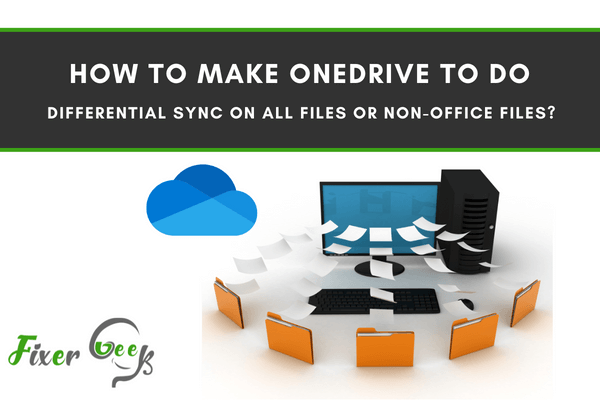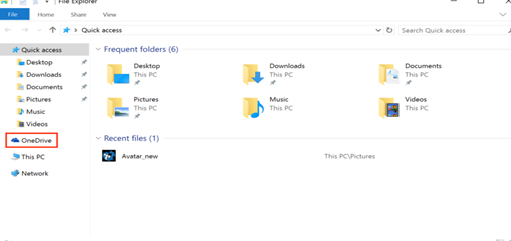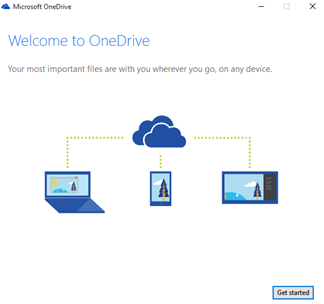How To Make OneDrive To Do Differential Sync On All Files Or Non-office Files?
The ability to sync a folder and its subfolders is a long requested feature from users. Many of us have huge amount of files in One Drive for Business. When you make changes to the files, it is time-consuming to sync them all. So I would like to know how to configure differential sync for non-office files on OneDrive for Business or Personal.

Using and managing the OneDrive storage has now become even more convenient and efficient because of the OneDrive differential sync. Microsoft already confirmed that differential syncing is currently been supported and applied to all file types and users.
Differential syncing applies the necessary changes to the edited files inside OneDrive instead of having the user upload the file again. This is why syncing files is considered faster and more efficient. It also consumes less data every time the user updates the files that are already saved on OneDrive.
Uploading some text files and small file types is not very time-consuming, but syncing huge libraries or larger file content might utilize plenty of bandwidth and might take a longer period of time. Thus, differential syncing must shorten that syncing duration significantly.
Why is Differential Syncing Important?
Syncing files is always the solution for Windows 10 because the smaller laptops, phones, and tablets don’t include lots of storage space. On the other hand, OneDrive store lots of files. Files that are not synced only exist in OneDrive. Hence, if you want to access them, you may need to visit OneDrive’s online portal.
How to Set Up OneDrive Differential Syncing?
Now that you know the importance of this feature, let us now look at ways of setting it up.
- Click on the File Explorer icon from your computer’s taskbar.

- After that, click on the OneDrive application located on the folder’s left side. Because this is indeed your first time setting up OneDrive on your computer, the app should display an opening window.

- You will see a Get Started button at the bottom. Locate and click on it. There are times when you will be asked to sign in using your Microsoft password and account. If so, then just enter your password and email. If this happens, it means you are a local account owner.
- OneDrive will then ask you if you prefer to adjust where your OneDrive uploads will be stored on your computer.
- If you want to change your OneDrive files’ location on your computer or where to save them, click the button saying Choose new location.
- If you do not want to change the location, then just simply click Use this location.

- If you are utilizing a desktop personal computer with lots of space for storage, just choose Next. OneDrive will automatically store the rest of your files in OneDrive into the C drive that normally has a lot of space for storage.
- By contrast, small tablets only have a small storage space. Thus, to add space, lots of tablet users prefer to purchase a memory card and insert it into their tablet’s card slot. If you have purchased and slid a memory card in the small tablet, click the Change button and command OneDrive to have its files saved on the memory card of your tablet rather than in the C drive.
- Choose which of your folders you want to sync to your PC and click Next to start the process.

Summary: Make OneDrive to do differential sync on all files or non-office files
- Select Preferences
- Select Network
- Deselect the option to "Use differential sync for non-office files" or "Use differential sync for all files"
Conclusion
Windows 10 puts OneDrive in all the Navigation Panes in your folder where it is quickly accessed. You may choose and pick which folders or files should be stored only in OneDrive and which must be mirrored or synced in order for both your folders to be stored on the computer too.
To sum up, the feature allows OneDrive to upload the modifications to all edited files instead of making the user upload the file again. Differential syncing has been made available on all OneDrive platforms.